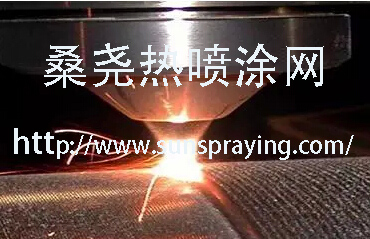There is an inverse relationship between hardness and toughness. The harder the material, the lower the plasticity. Since some degree of plasticity is needed for toughness, hard materials generally have low toughness . For example, in their investigations of TiC/ diamond-like carbon (DLC) and WC/DLC nanocomposite coatings,Voevodin and coworkers noted that the critical scratch load forcracking is 4 to 5 times that for pure DLC. However, this increase in toughness is accompanied by a simultaneous loss of hardness from ~60 GPa for pure DLC to between 27 and 32 GPa for TiC/DLC and WC/DLC. Zhang et al. obtained quantitative relationship between hardness and toughness in nanocrystalline TiN/amorphous Si3N4 nanocomposite coatings with different Ni concentrations in TiN. Increase of Ni content from 0 to~40% increases the fracture toughness by a factor 2.2 and decreases the hardness by a factor of 2.0. Therefore, in these two cases, the gain in toughness is achieved with a proportional loss of hardness. The issue of interest is whether or not we can improve hardness without undue loss of toughness.
Toughness is determined by the interplay between two opposing processes: intrinsic damage occurring in front of the crack tip and extrinsic toughening phenomena behind the crack tip . Enhancing toughness must entail some means of slowing down the damage and/ or promoting toughening events. By definition, short cracks are involved with coatings so that we cannot rely on the rising crack-resistance (R-curve) phenomenon for enhanced toughness.

本文由桑尧热喷涂网收集整理。本站文章未经允许不得转载;如欲转载请注明出处,北京桑尧科技开发有限公司网址:http://www.sunspraying.com/
|

